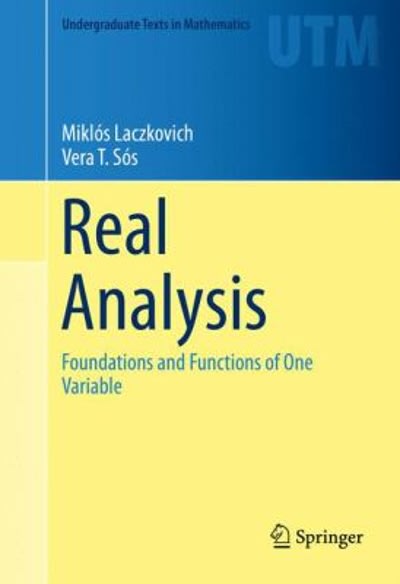Answered step by step
Verified Expert Solution
Question
1 Approved Answer
11 Use part I of the Fundamental Theorem of Calculus to find the derivative of 11(3) = fsinlm) (cos(t3) + t)dt 1 W) [NOTE: Enter
11







Step by Step Solution
There are 3 Steps involved in it
Step: 1

Get Instant Access to Expert-Tailored Solutions
See step-by-step solutions with expert insights and AI powered tools for academic success
Step: 2

Step: 3

Ace Your Homework with AI
Get the answers you need in no time with our AI-driven, step-by-step assistance
Get Started


